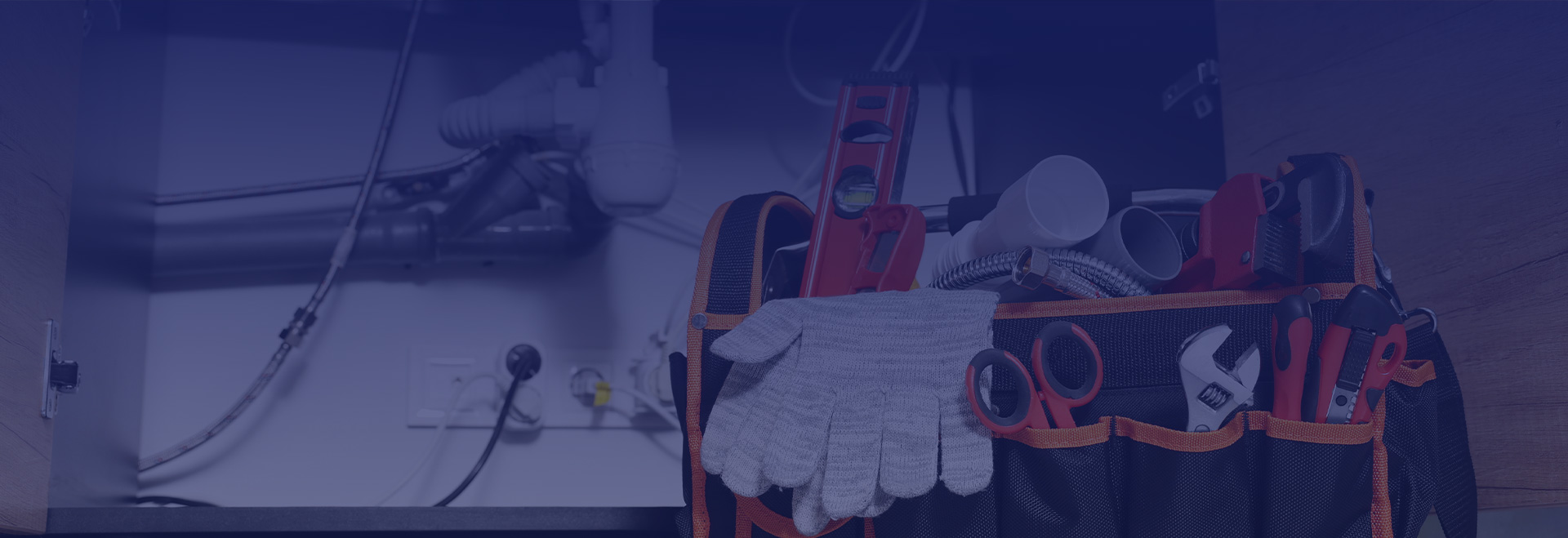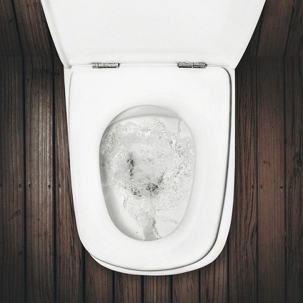Your toilet is probably the plumbing fixture that sees the most use in your home. Without a toilet that is running efficiently, you will find it impossible to properly remove liquid and solid waste.
A toilet is a complex fixture that is made up of several different components. Each of these components must be working properly and in harmony with one another to produce the perfect flush. When a component begins to deteriorate due to damage or age, the function of your toilet will be compromised. In addition to creating a potential plumbing disaster, worn toilet parts could be affecting the performance of your toilet in ways that cause your water bill to rise.
These three major toilet parts inside the tank should be replaced regularly to ensure they don't drain your pocketbook and leave your toilet unable to adequately remove waste from your home.
Key Toilet Parts Inside the Tank
Fill Valve
- Inside your toilet's tank is a fill valve. The fill valve is a long tube with a shutoff valve connected to it. The primary responsibility of the fill valve is to regulate the amount of water that flows into the tank after each flush.
- Over time, the fill valve can begin to deteriorate. A broken fill valve will allow too much water to enter your toilet's tank, increasing the amount of water that you send down the drain with each flush. You can spot a faulty fill valve by listening closely to strange sounds that might be coming from your toilet. The sound of water constantly running through the tank can indicate fill valve problems.
- Place a few drops of food coloring into the tank and watch to see if the colored water leaks out into the bowl. If no food coloring enters the bowl, your fill valve is causing the running water. Replacing a faulty fill valve will reduce your water consumption and restore your toilet's flushing capabilities.
Overflow Tube
- One of the most important components within your toilet's system is the overflow tube. This tube works closely with the fill valve to regulate water levels inside a toilet's tank. When the fill valve malfunctions, the overflow tube steps in and prevent excess water from completely filling the tank and flooding out onto the bathroom floor.
- It's imperative that you regularly check your toilet's overflow tube for signs of damage. Remove the lid on the tank and visually inspect the tube for cracks or other types of physical damage. Keep a close watch on water levels within your toilet's tank and bowl. Too much or too little water can both be indications that the overflow tube has malfunctioned.
- Having an experienced plumber replace a worn or damaged overflow tube will help you prevent a flooding toilet that might cause structural damage to your bathroom.
Flapper Valve
- If you look inside your toilet's tank, you will see a round rubber seal on the bottom of the tank. This seal is referred to as the flapper valve.
- When you press down on the flush handle, a rod arm connected to the flapper valve via a chain lifts the valve and allows water from the tank to drain out into the toilet's bowl. A bad flapper will not cause your toilet to overflow, but when the flapper valve malfunctions, you will be unable to flush your toilet.
- Check to see that the chain connecting the flapper valve to the rod arm is intact. You may have to adjust the length of the chain, untangle the chain, or replace it entirely to keep the flapper valve functioning properly.
A functional toilet is a must in any modern home. If any of the components within your toilet's system are showing signs of wear, contact Burton's Plumbing for help. We can repair your existing toilet or install a new toilet to ensure you always have access to the most efficient flush.

